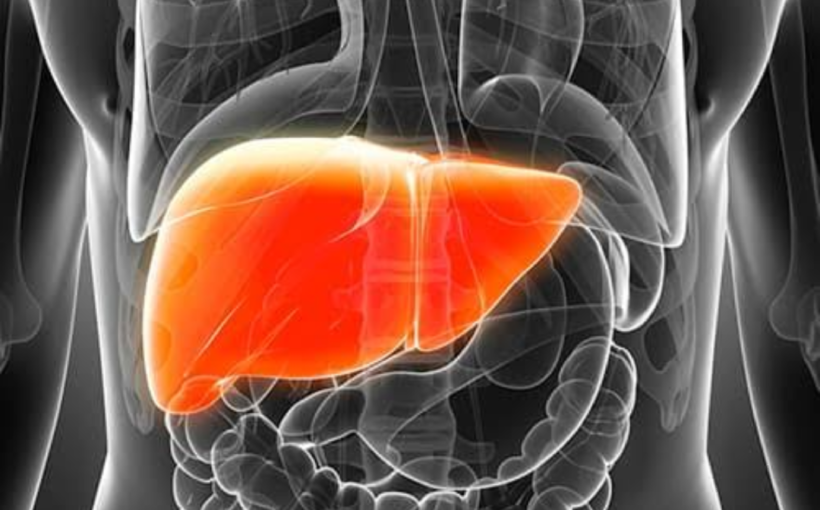In an updated clinical guideline issued by the American College of Gastroenterology and published in the May issue of The American Journal of Gastroenterology, recommendations are presented for the diagnosis and management of idiosyncratic drug-induced liver injury (DILI).
Noting that DILI remains one of the most challenging disorders for gastroenterologists, Naga P. Chalasani, M.D., from the Indiana University School of Medicine in Indianapolis, and colleagues developed recommendations for the diagnosis and management of DILI.
The authors noted that DILI remains a diagnosis of exclusion based on a detailed history and use of blood tests, hepatobiliary imaging, and liver biopsy. For patients presenting with suspected DILI, model for end-stage liver disease score and comorbidity burden are important determinants of mortality. When hepatocellular jaundice is present, DILI carries a mortality rate of up to 10 percent. Referral to a tertiary care center for specialized care, including consideration for potential liver transplant, is recommended for patients with DILI who develop progressive jaundice with or without coagulopathy. The role of systemic corticosteroids is unclear; when a liver injury event cannot be distinguished between autoimmune hepatitis or DILI or when a DILI event presents with prominent autoimmune hepatitis features, they may be administered.
“These recommendations, intended for use by physicians and other health care providers, suggest preferred approaches to the diagnosis and management of DILI,” the authors write. “They are intended to be flexible and should be adjusted as deemed appropriate when applied to individual patients.”
Several authors disclosed financial ties to the biopharmaceutical industry.


